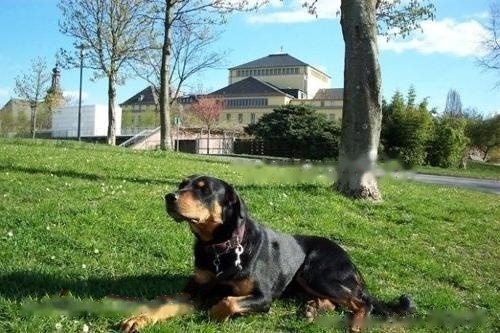Dogs Periodontitis refers to the acute and chronic inflammation of the tissues and supporting tissues around the teeth, also known as periodontal disease and alveolar pyorrhea. Clinically, it is often characterized by bad breath, salivation, loose teeth, and gingival recession. Older dogs are more common. Affected dogs have profuse salivation, rancid saliva, often mixed with blood; have sensitive mouths, be careful when eating, chew slowly, and often spit out food suddenly. So what are the symptoms of periodontitis in dogs and how to treat them.

French wolfhound
Affected dogs have profuse salivation, rancid saliva, often mixed with blood; sensitive mouth, careful feeding, slow chewing, and often spit out food suddenly, especially It is more obvious when eating hard foods such as bones and fish spines. The pain may decrease over time. Oral examination shows that the affected teeth are loose, and there is often a small amount of pus in the periodontium. When the gums are squeezed, thick juice or blood can flow out. Mouth and exhaled air have a rancid odor.
Wash the mouth and affected teeth with normal saline or 2% to 3% boric acid water first. If there is ulceration, it should be corroded with 5% silver borate solution before cleaning. Then apply iodine tincture or erythromycin ointment to the affected area. If the gums have become hypertrophic, the excess tissue can be removed by excision or electrocautery after local anesthesia.
After general anesthesia, scaling of the affected tooth and its surrounding tartar. If the tooth has been significantly loose, it should be extracted. Postoperative care should be strengthened, and antibiotics should be used throughout the body to prevent infection. Regularly rinse your mouth with salt water and give soft, digestible food to aid recovery. Usually pay attention to oral hygiene, you can use rubber toys to let pets chew on it to improve the resistance of teeth.

Subscribe to Newsletter
Professional platform for pets, dogs and cats.
![[Dog Training 5] The training method of pet dog dining etiquette](/static/img/12192/12192_1.jpg)




